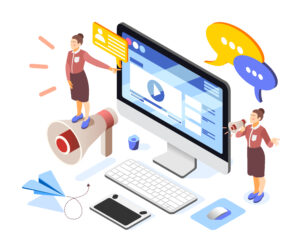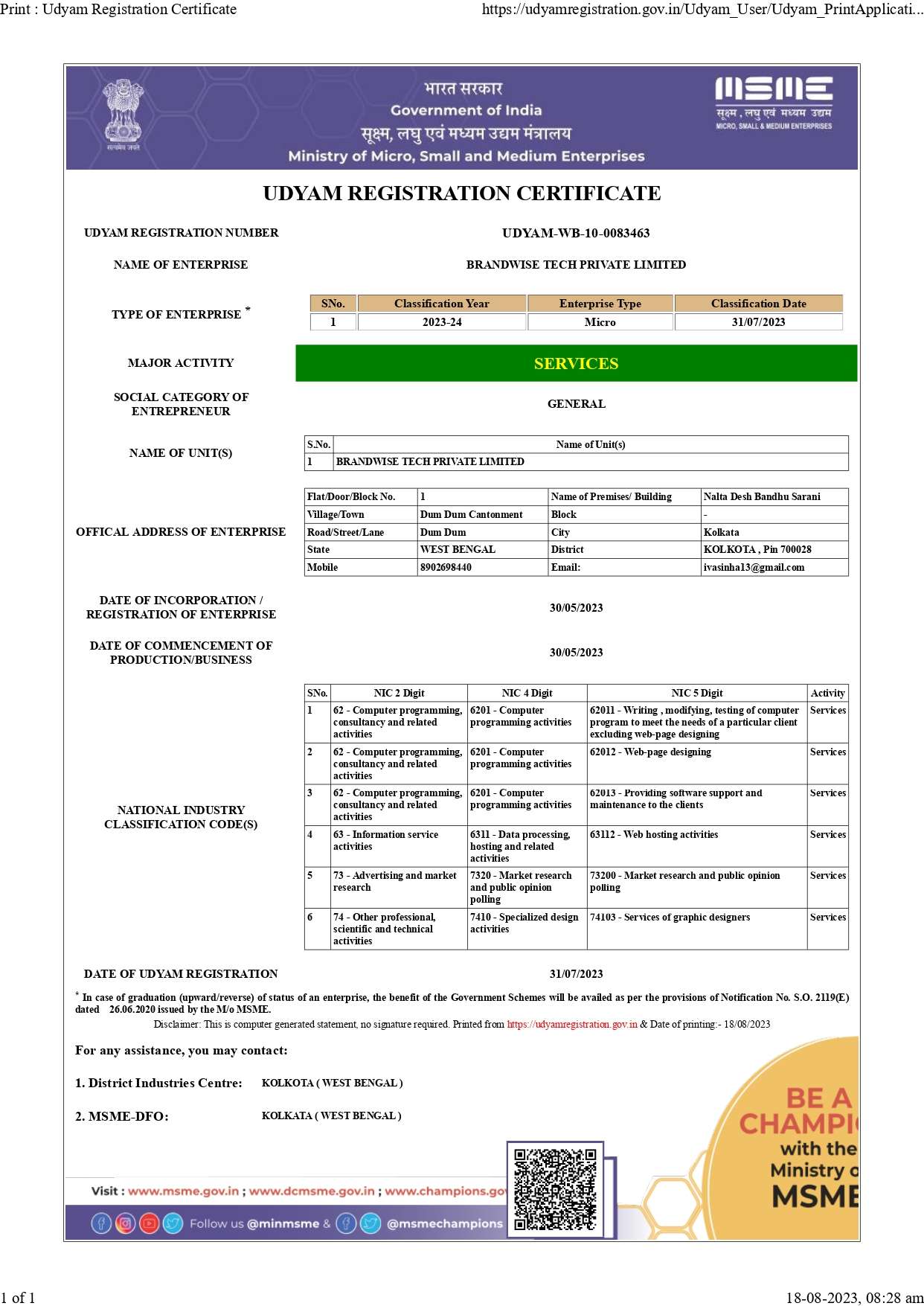Introduction: Web accessibility is not just a legal requirement; it’s a moral responsibility for web designers and developers. Inclusive web design ensures that all users, regardless of their abilities, can access and interact with websites seamlessly. In this blog, we’ll explore the importance of web accessibility and best practices for creating inclusive websites.
- Understanding Web Accessibility: Web accessibility refers to designing and developing websites in a way that accommodates users with disabilities, including visual, auditory, motor, and cognitive impairments. By adhering to web accessibility standards, designers can make their websites more inclusive and user-friendly for everyone.
- Semantic HTML and Structured Content: Using semantic HTML elements and proper content structure benefits both users and assistive technologies. Screen readers and other assistive devices rely on well-organized HTML to present information clearly to users with disabilities.
- Alt Text for Images: Adding descriptive alternative text (alt text) to images allows users with visual impairments to understand the content of the images through screen readers. This practice is essential for creating a meaningful experience for all users, regardless of their ability to view images.
- Keyboard Navigation and Focus States: Not all users can use a mouse to navigate websites. Providing keyboard accessibility ensures that users can access all interactive elements and content without relying on a mouse. Additionally, clearly visible focus states for links and form elements help users identify where they are on the page and navigate efficiently.
- Captions and Transcripts: For multimedia content, such as videos and podcasts, including captions and transcripts is essential for users with hearing impairments. Captions provide a text-based representation of audio content, making it accessible to a broader audience.
- Color Contrast and Readability: Choosing color palettes with sufficient contrast is crucial for users with visual impairments or color blindness. Ensuring text is legible and easy to read will benefit all users, especially those with reading difficulties.
Conclusion: Inclusive web design is an ethical and professional responsibility. By prioritizing web accessibility and implementing best practices, web designers can create websites that are inclusive and welcoming to all users, regardless of their abilities. Embracing web accessibility not only ensures compliance with legal standards but also opens up opportunities to reach a broader audience and provide a positive user experience for everyone.










